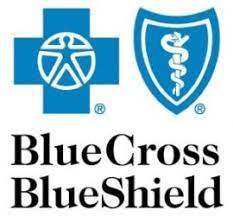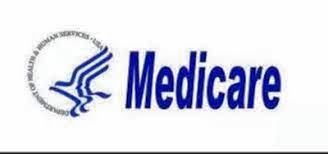- While there are no specific strategies to prevent Rheumatoid Arthritis, there are ways to prevent flare ups including:
- Exercising regularly to maintain joint range of motion and strength
- Maintaining a healthy balanced diet and weight
- Performing activities using joint protection principles and avoid activities that cause increased stress on your joints
- Quit smoking






